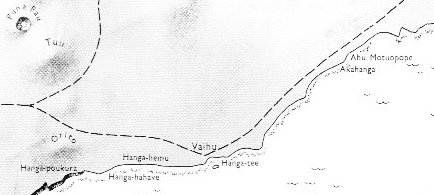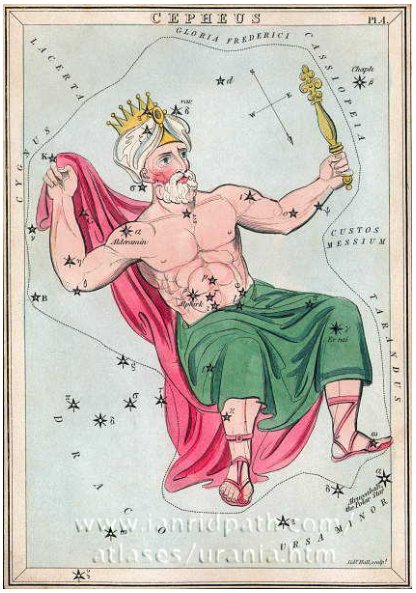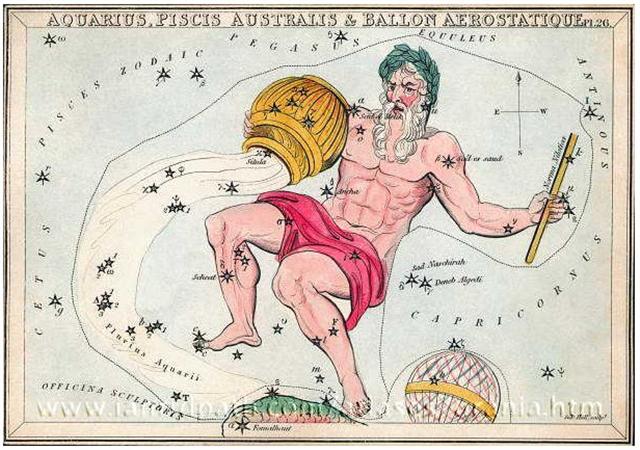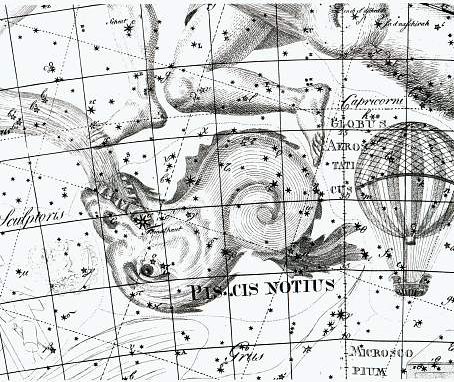3. In the sacred geography of Easter Island Te Pei was on the southern coast: "With the aid of my key informant, I was also able to chart the less well known places. The dream soul names 'Te Piringa Aniva', east of Hanga Pau Kura, 'Te Pei', a few hundred meters farther on and across from Motu Rao, and 'Te Pou', east of Vaihu." (The Eighth Land)  As to the name Barthel gives us an important piece of information: "... 'Te Pei' should probably read 'Te Pe'i' (unfortunately, Ms. E does not indicate glottal stops). The pe'i is a large, tasty fish (Caranx cheilio, Fuentes 1960:290), caught in the deep waters of the fishing grounds (hakanononga). In one recitation, the pe'i is likened to the 'great fish' (ika nui) and compared to the very popular tunafish (kahi) (Barthel 1960: 848). This favorite food from the ocean is depicted in numerous petroglyphs." I tried to find a picture of this tasty deep water fish but did not succeed. But I guess we could do equally well with this one, Caranx lugubris (black jack): 
From Te Pei the kuhane went on to
Te Pou (Sirius), which I interpret as a
reversal from
the very deep and dark to the very light and
high up, a contrast of the sort which often was
used by the Polynesians in their numerous lists.
We can imagine a turning around of the end phase of
Sun, after he had tumbled down into
the deep of the ocean. There must be a journey up again
for him
and it is located in the night.
I was reminded of Te Pei when I read
about the 'Fish in the South' (Piscis Austrinus):
... Aquarius is identified as GU.LA 'The Great One' in the Babylonian star catalogues and represents the god Ea himself, who is commonly depicted holding an overflowing vase. The Babylonian star-figure appears on entitlement stones and cylinder seals from the second millennium. It contained the winter solstice in the Early Bronze Age. In Old Babylonian astronomy, Ea was the ruler of the southernmost quarter of the Sun's path, the 'Way of Ea', corresponding to the period of 45 days on either side of winter solstice. In the Greek tradition, the constellation became represented as simply a single vase from which a stream poured down to Piscis Austrinus. The name in the Hindu zodiac is likewise kumbha 'water-pitcher' ... King Cepheus (γ Cephei, Alrai, the shepherd) is close to the north pole, whereas Fomalhaut (α Piscis Austrini) is down at the bottom end of the stream pouring out from the overflowing Aquarian vessel:
(http://www.ianridpath.com/startales/piscisaustrinus.htm - "Piscis Austrinus, called Piscis Notius on the Uranographia of Johann Bode, is shown lying on its back and drinking water from the urn of Aquarius. In its mouth is the bright star Fomalhaut.") Fomalhaut is at declination 29º 53' in the southern hemisphere in contrast to Alrai which is only about 13º away from the north pole. But Fomalhaut's right ascension 22h 55m is quite close to that of Alrai, rising 10 days earlier. If Alrai is a representation of the Sun King, then the fish could be his Queen, I guess. He could have more than one, one more than Cassiopeja - a winter maid in addition to his summer maid, so to say.
According to Allen: "It [Piscis Australis, another name for Piscis Austrinus) lies immediately south of Capricorn and Aquarius, in that part of the sky early known as the Water, Aratos describing the figure as 'on his back the Fish', The Fish reversed still shows his belly's stars; but modern representations give it in a normal attitude. In either case, however, it is very unnaturally drinking the whole outflow from the Urn." Allen quoting Smyth: "In the early Venetian editions of Hyginus, there is a smaller fish close under it, remora fashion, interfering with the Solitarius by which that astronomer, from its insulated position, designated Piscis Notius." Maybe, though, the little fish is sucking because it is the offspring, still a part of its mother. In the common sign vocabulary, which once was a valuable human inheritage, the sign of sucking ought to indicate 'very young and dependent on mother'. For instance did Raven observe how at the beginning of time the very young gods were sucking. The following is the beginning of the Poem of the Elders (from Sharp as a Knife), and, it says, the newborn gods were sleeping together in disorderly fashion on a rock awash in the saltwater, 'like sea-cucumbers' with 'their mouths against it':
|


